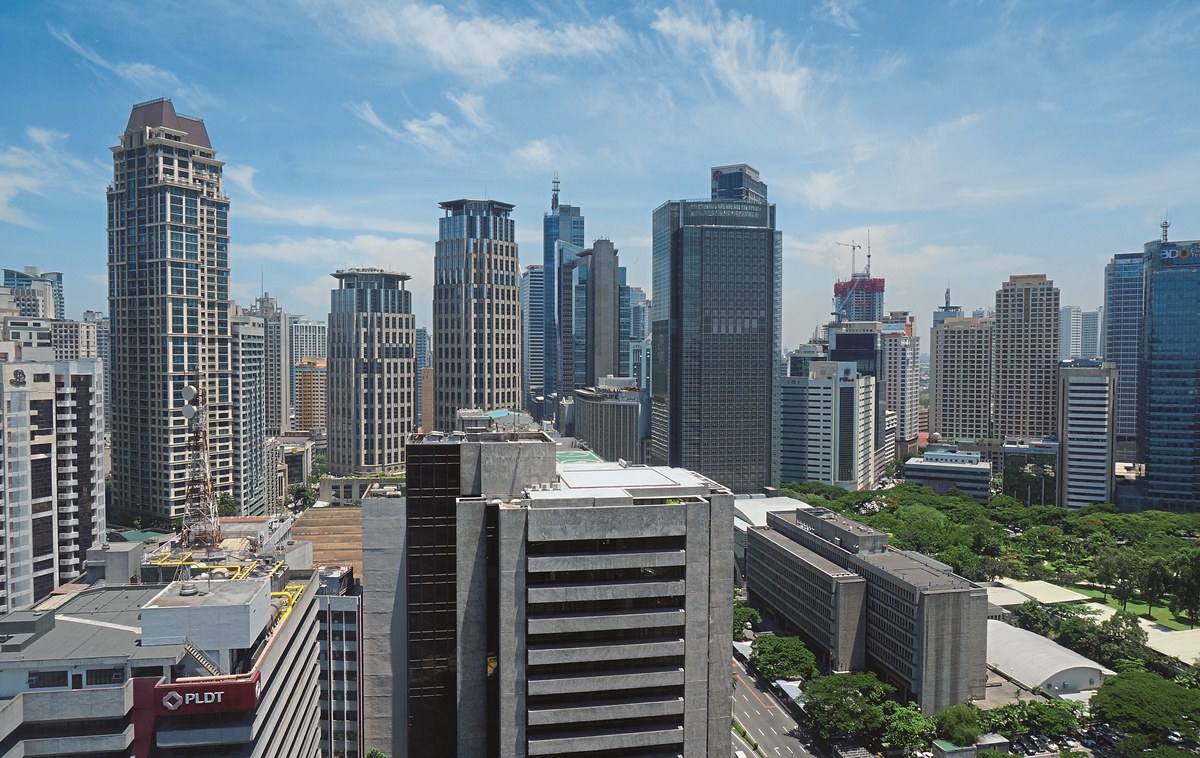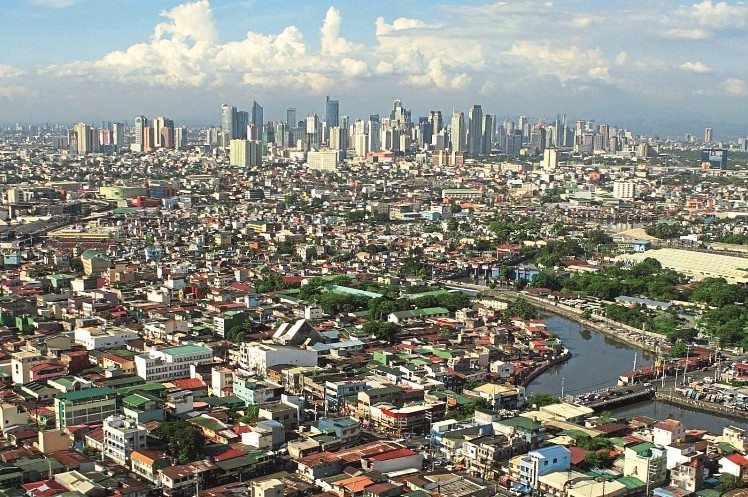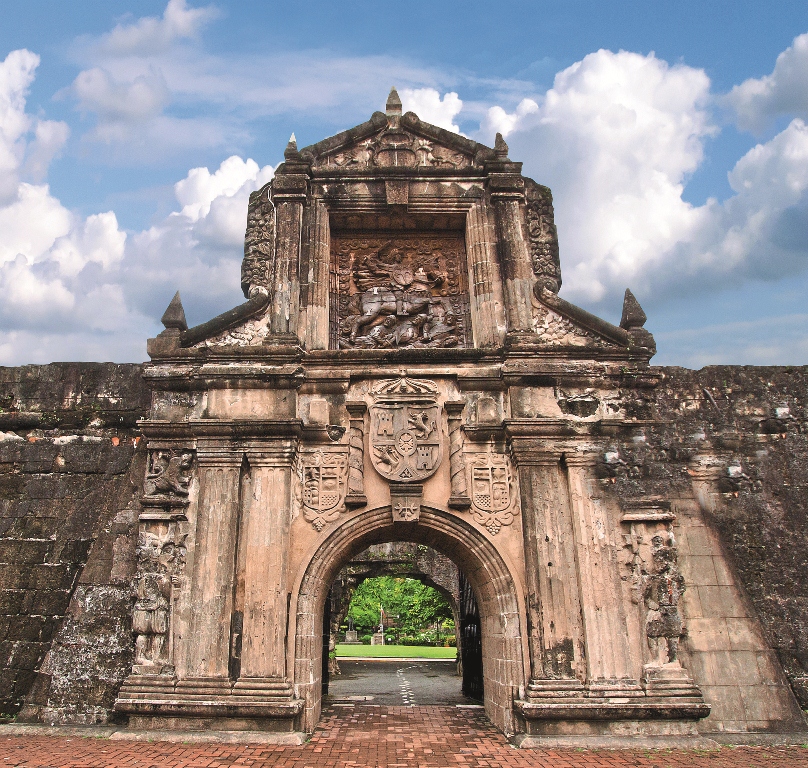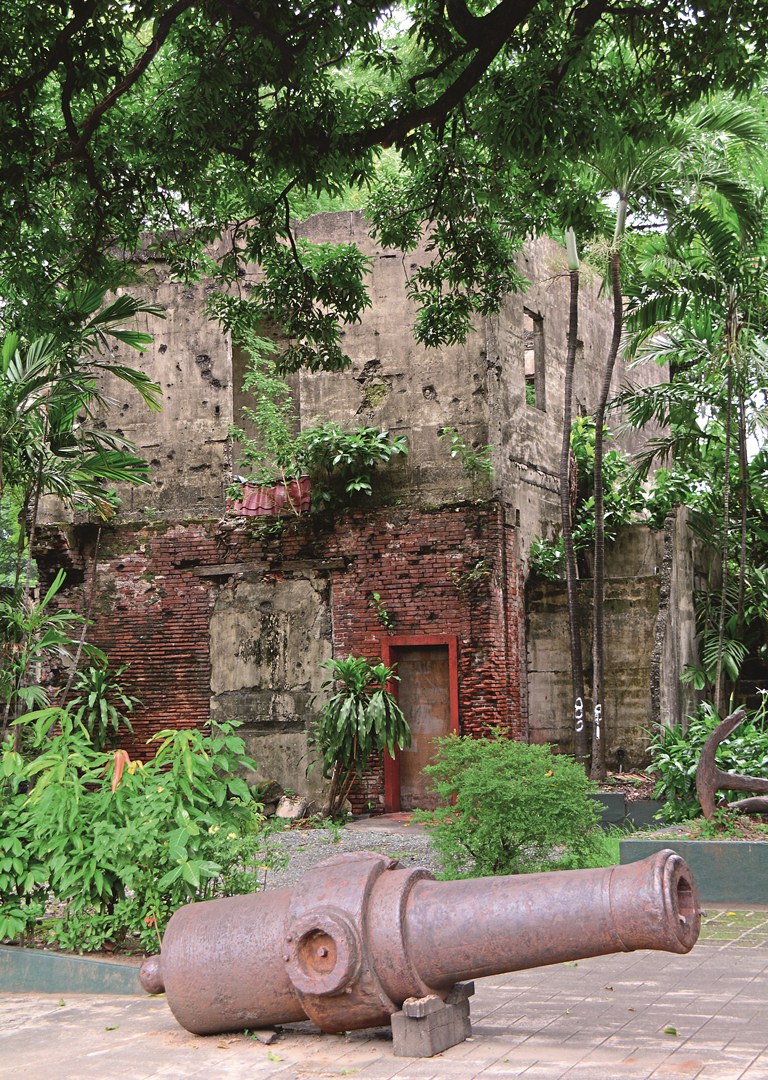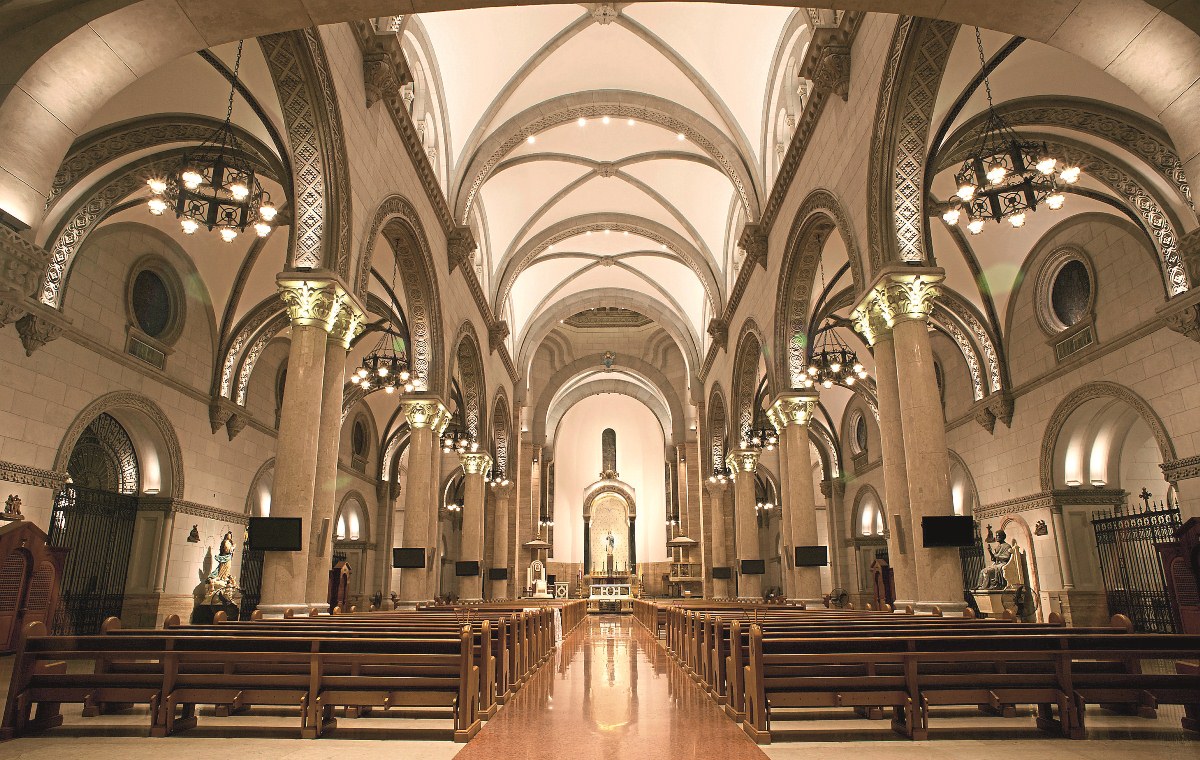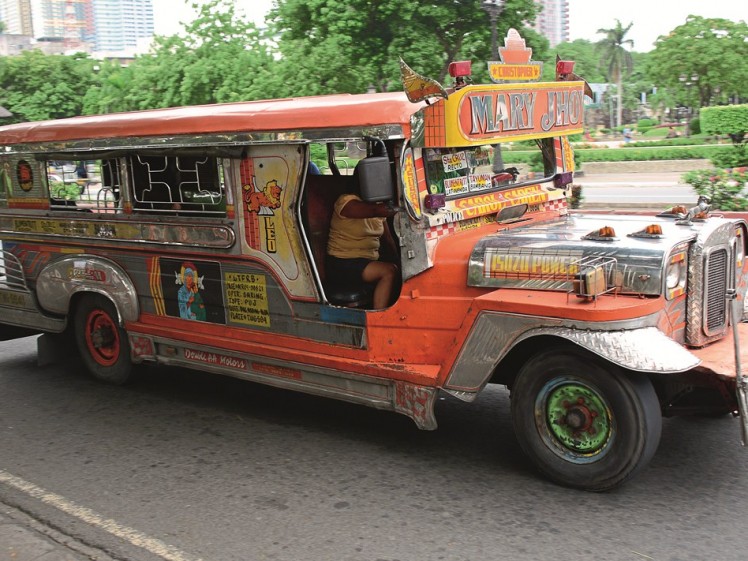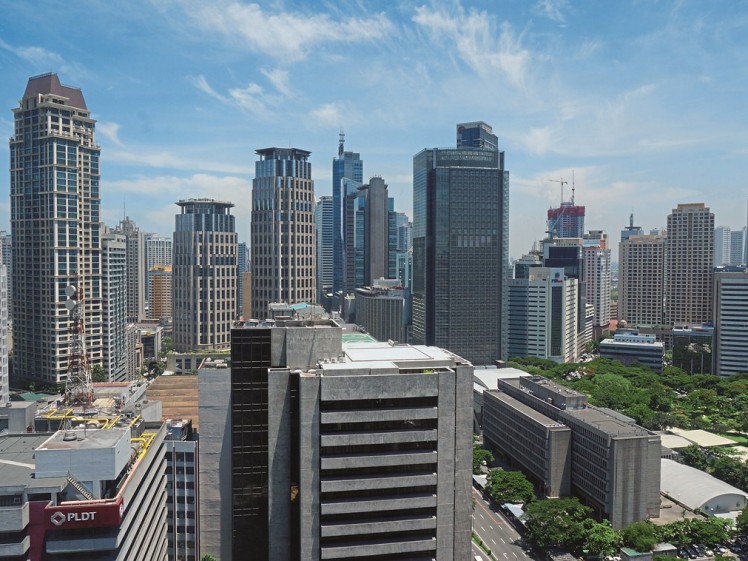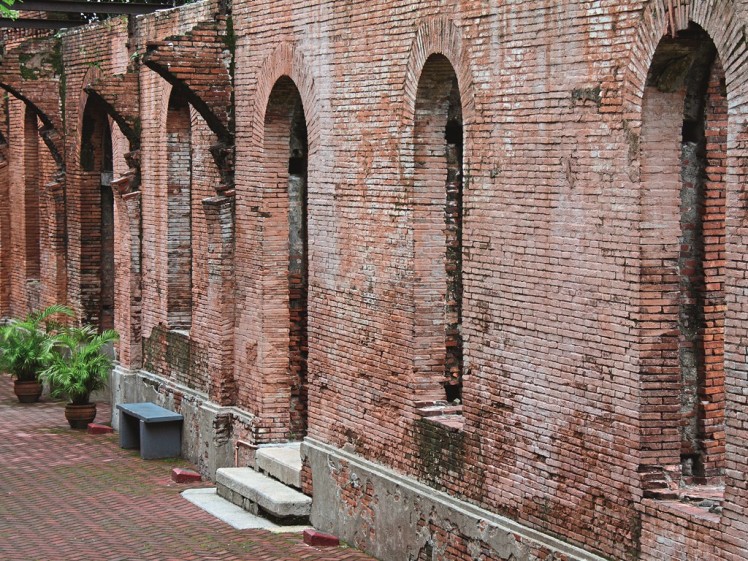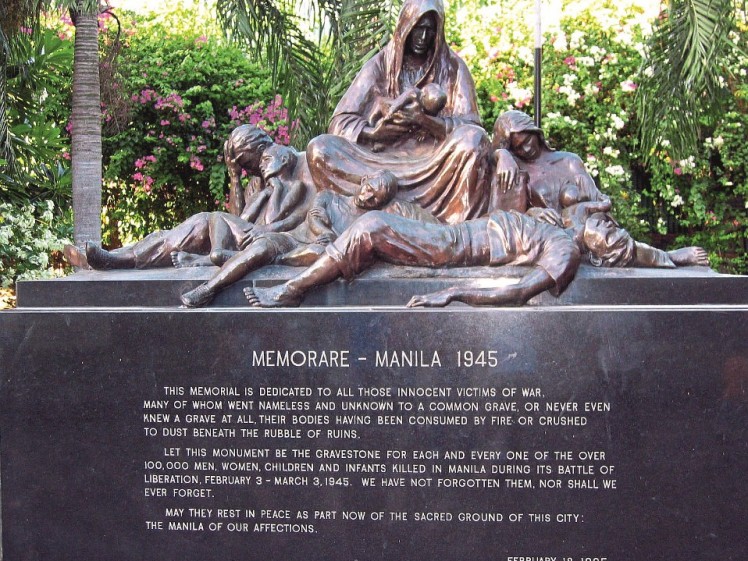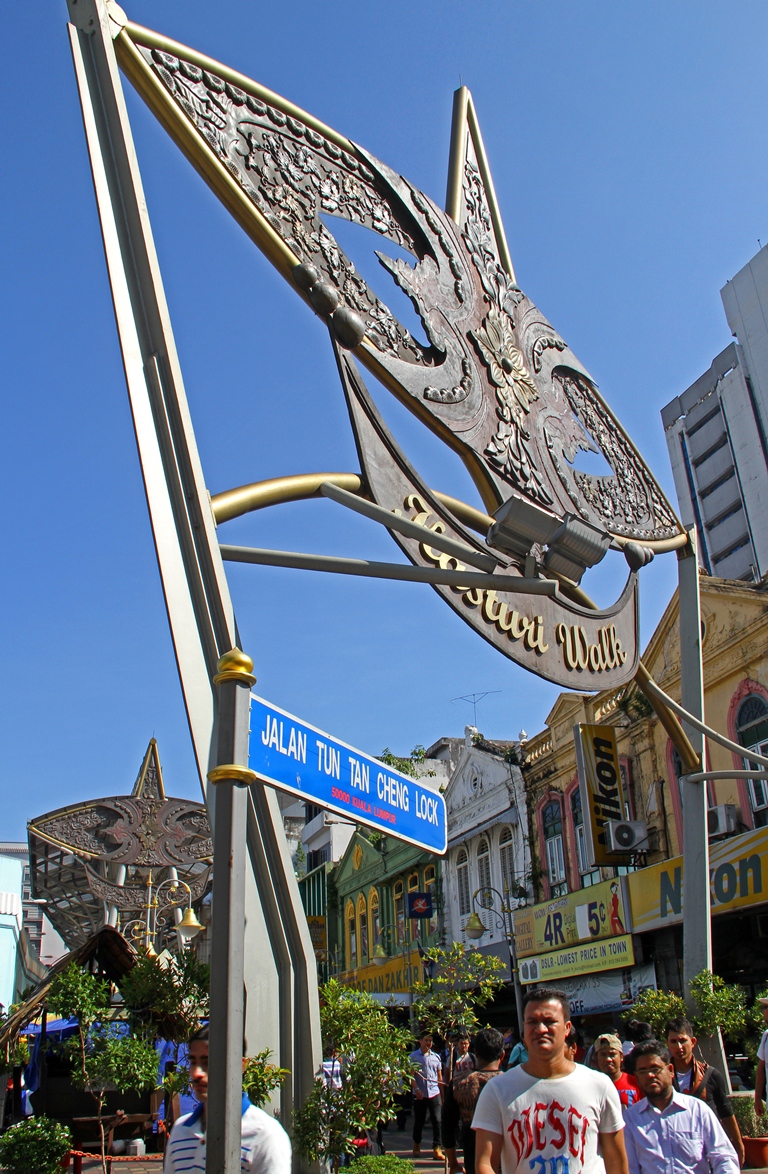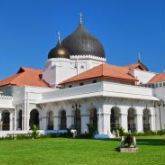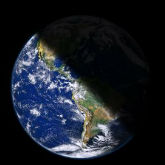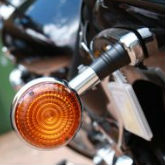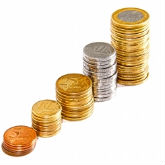
A living testament to the resilience of the human spirit, Manila is a teeming and often discombobulating city. As editor Chad Merchant discovered on a recent visit, this busy Asian hub holds plenty of appeal, particularly for the history-minded traveller.
Like a number of other large cities in Asia, Manila offers a dispiriting glimpse of economic inequality, similar to that of Jakarta. In both cities, the flamboyantly wealthy coexist nearly side by side with the desperately poor. Both Jakarta and Manila are sprawling Asian capitals, each a ramshackle conurbation of smaller cities which have coalesced into a vast and densely populated metropolitan area. Both have legendary traffic jams, with Manila just recently edging out Jakarta for the Waze traffic app’s ranking as the worst traffic on Earth. At first blush, neither of the cities would appear to have much to offer the leisure traveller. Contrasted with the more obvious tourist choices in the Philippines like popular Boracay and Cebu, its capital city and environs can perhaps seem an exercise in futility. But much like Jakarta, once you scratch the surface – and, it must be said, adjust to the pace and clamour of the city’s rhythms – Manila reveals its own unique rewards.
For all its apparent similarities with Jakarta, right down to having hosted some of the world’s most notoriously corrupt government leaders, Manila does have some key differences. Whereas Jakarta was, for a time, colonised by the Dutch, Manila on the other hand was the United States’ one big experiment with colonisation. Though this came only as a result of a three-year war with the Americans at the end of the 19th century, in which the United States wrested control of the Philippine islands from the Spanish, this relationship would prove critical a halfcentury later, during the waning months of World War II.
A Hard-Won Independence
Fort Santiago Gate
The final entry on a depressingly long list of battles bearing the name “The Battle of Manila” occurred from February to March in 1945, and saw the Americans joining forces with Filipinos to liberate Manila from the Japanese. It was a devastating siege, one from which, in some ways, Manila has never fully recovered. The city was almost totally destroyed during the one-month battle, the worst urban warfare seen in the Pacific Theatre of WWII. Though the battle resulted in an Allied victory and liberated Manila from Japanese occupation, it came at a terrible cost. Not only was the entire city devastated, at least 100,000 Filipino civilians were killed, along with over 1,000 American and Filipino soldiers and some 17,000 Japanese combatants. The promising city, which had been called The Pearl of the Orient for its then-unique amalgam of Asian and Western cultures, had been razed to the ground, and in the years since, has never quite regained its footing, nor reclaimed its former glory.
Intramuros, the historic core district of Manila whose name means “within the walls,” saw some of the battle’s fiercest fighting, and it was here the Japanese were finally defeated. The walled city was all but obliterated, with only a handful of structures surviving. I visited one, the nearly 500-year-old San Agustin Church, which was completed in 1607. In actual fact, the current building is the third church bearing the San Agustin name to be constructed on the site. The first and second churches, both destroyed in the 16th century, were built of bamboo and wood, respectively, and given the prevalence of candles used in that time, met with rather predictable results. Today, the third church, built of stone, is still in use and is a worthwhile stop on the tourist’s walk around the district.
Fort Santiago, Intramuros
Part of the Intramuros district is the historic Fort Santiago citadel. The Spanish influence on Manila is still keenly felt here, and this area, with its lovely park and well-maintained heritage structures, is a popular attraction with locals and visitors alike. Philippine national hero José Rizal was imprisoned here before his execution by Filipino soldiers of the Spanish Army in 1896, and his final footsteps from his cell to the execution site are recreated in bronze on the grounds of the former prison. Though the earthquakes of 1880 and the urban warfare during WWII damaged or destroyed significant portions of Fort Santiago, several edifices have been given renewed life, such as the main gate, which underwent restoration beginning in 1953. Despite the lamentable past with which much of Fort Santiago is associated, this is a pleasant and enjoyable place to visit when in Manila.
Manila for Visitors
Manila Cathedral
Outside of the Intramuros area, which easily offers a full day’s itinerary worth of things to see and do, metro Manila hums steadily along. After the devastation of the 1945 battle, the city never regained its cohesion, and today, the metropolis exists as a hodge-podge collection of 16 component cities with no well-defined centre, nor any unifying identity. Impressive in both size and density, the urban area of Manila is, by some accounts, the world’s third-largest, with a population of over 24,000,000, a number eclipsed only by the urban areas of Jakarta and Tokyo. Of Metro Manila’s 16 cities, Makati has established itself as both the key business district and the area’s preferred upscale shopping destination. Indeed, often dubbed the “Wall Street of the Philippines,” Makati is the financial hub of the country, and in addition to the international-calibre shopping on offer, is locally known as Manila’s cultural and entertainment hub.
Jeepneys
Between Makati and Intramuros lies part of Manila proper, and here, you can find the spacious Rizal Park, named for the martyred hero. The seafront area facing Manila Bay is also nearby, along with a number of churches, monuments, and embassies, including the huge American Embassy. Without a local guide, it’s easy to get overwhelmed. Metro Manila is a mammoth city, and even small pockets of it can be confusing. A fleet of taxis and buses mill around, but most locals utilise the jeepney, as much a symbol of Philippine ingenuity and culture as anything. Originally fashioned from Jeeps left behind in the country by American troops during the war, jeepneys took on a unique life of their own, with locals stripping them down and rebuilding them as a means of public transportation. Today, most jeepneys are fashioned from spare parts and surplus engines, most coming from Japan. Rolling monuments to kitsch, it seems at times there is a contest as to who can come up with the wildest design. From welded-on chrome panels to Texas longhorns and Tweety Bird mudflaps, nothing is too esoteric, too tacky, or too psychedelic to grace a jeepney’s design. And though they’re fun to see plying the streets of Manila, jumping on one of these things as a tourist is not for the uninitiated. I was lucky enough to have a local guide with me; otherwise, I doubt I’d have been as brave, because most visitors would have a difficult time sorting out not only where the jeepney is going (there’s a little hand-lettered placard hanging in the front windscreen), but adapting to the local customs and “jeepney etiquette,” as well as the nuances for payment and communication.
Where to Sleep, Where to Eat
Makati skyline
There are plenty of upmarket hotels in Makati, and the Shangri-La here is widely regarded as one of the best properties in the city, if indeed not the country as a whole. Makati Shangri-La’s prime location makes it ideal for both business and leisure travellers, so there was always much to do close at hand. The city’s Ninoy Aquino airport is less than half an hour away, and the hotel is within close proximity to shopping, entertainment, and business destinations. Even walking in the doors, guests can’t help but be impressed at the scale and elegance of the lobby. The property opened to rave reviews back in 1993 and carries the signature layout of the Shangri-La hotels of that time, including the Kuala Lumpur Shangri-La which opened in 1985, and whose own magnificent lobby has a similar design and feel.
Not far from the Shangri-La, I found a hip little local restaurant called Sarsa Kitchen + Bar. Local treats abound here, such as an unconventionally shredded – rather than cubed – pork adobo (perhaps the unofficial national dish), which was tantalisingly good, and a twice-cooked pork belly. A good selection of beers was on hand, too, including the popular local San Miguel brand. Though somewhat pricey by local standards (dinner for two can range from 500-900 PHP; about RM45-85), Sarsa is a good Filipino restaurant to try. Curiously, Americans who may fondly remember the old Shakey’s Pizza chain back home, where it once thrived, will find the restaurants still plenty popular throughout the Philippines, with numerous locations in Metro Manila.
The Struggle Continues
Fort Santiago
A country beset by centuries of war, colonial rule, occupation, and an endless parade of natural calamities was forced to endure yet another cruel indignity in recent times, namely one of the most ruthless and corrupt leaders in modern history. Ferninand Marcos began his political ascent with lies and scandals and grew only worse as he became more entrenched. He ruled the Philippines under martial law for nearly a decade beginning in 1972 and became infamous for his grand corruption and extravagant lifestyle. Under his rule, the Philippines’ national debt exploded, and amid the growing restlessness of the Filipino people following the 1983 assassination of opposition leader Benito Aquino Jr., and increasing pressure from global allies, a snap election was held in 1986, pitting Marcos against the widow of the slain opposition leader, Corazon Aquino. Despite losing the election, Marcos refused to cede control. Outraged, Aquino’s supporters staged a “bloodless coup” and stormed the palace. Ultimately, Marcos was forced to flee into exile. He died three years later, having embezzled billions from the Philippine treasury.
Today, the Philippines is relatively stable, particularly in contrast to its often-turbulent past. Manila perhaps isn’t the obvious tourist destination, but still offers a fascinating glimpse into the Filipino heritage, as well as the nation’s long and difficult struggle for independence and freedom. As for Manila, it’s a city that’s been badly bruised, yet never beaten, and it stands as a testament to the strength of the human spirit and the incredible will to endure against all odds. In Intramuros, a monument to the victims of the Battle of Manila was dedicated 50 years after it occurred, and its inscription eloquently captures both the strong spirit of the Filipino people and the ever-present kindness of their hearts:
This memorial is dedicated to all those innocent victims of war, many of whom went nameless and unknown to a common grave, or never even knew a grave at all, their bodies having been consumed by fire or crushed to dust beneath the rubble of ruins. Let this monument be the gravestone for each and every one of the over 100,000 men, women, children and infants killed in Manila during its battle of liberation, February 3 – March 3, 1945. We have not forgotten them, nor shall we ever forget. May they rest in peace as part now of the sacred ground of this city: the Manila of our affections.
Travel Tips
Manila (MNL) is just under a four-hour flight from Kuala Lumpur. Malaysia Airlines, AirAsia, and Cebu Pacific offer non-stop flights. Previously, travellers had to reserve cash to pay the departure tax when leaving, but this is now included in the flight ticket cost.
Manila is in the same time zone as Malaysia, and no visa is required for nationals of many Western countries. The currency is the Philippine Peso (PHP), roughly about 10 pesos to 1 ringgit, currently. The months of December to March are presumably the best to visit the city, as they tend to be drier. As a predominantly Catholic nation, Christmas is celebrated in the Philippines in a big way, so December is an especially festive time to visit.
As with many large cities, it’s advisable to be alert when walking around Manila, as snatch thefts and pick-pocketing can occur.
Read more:
- A Relaxing Stay at Subic Bay; A Seaside Town Not Far From Manila
- Off-The-Beaten-Track: Philippines Central
Source: The Expat magazine November 2015
"ExpatGo welcomes and encourages comments, input, and divergent opinions. However, we kindly request that you use suitable language in your comments, and refrain from any sort of personal attack, hate speech, or disparaging rhetoric. Comments not in line with this are subject to removal from the site. "

